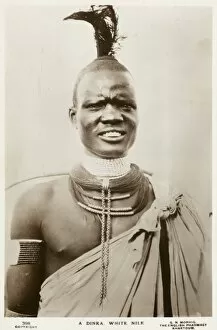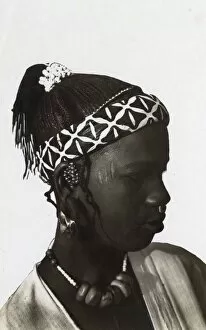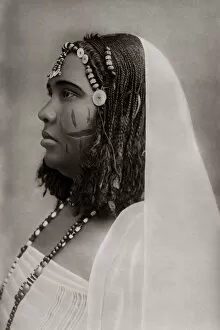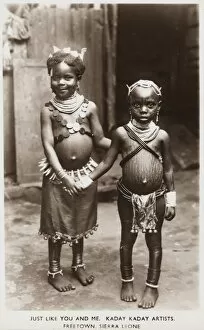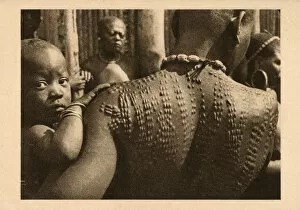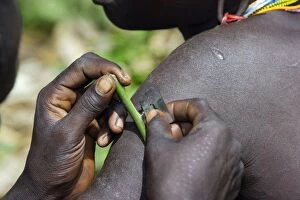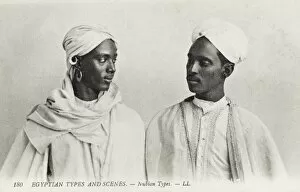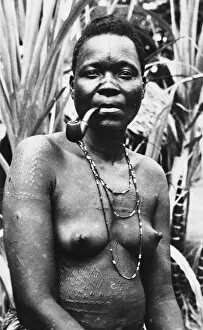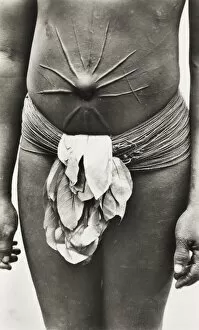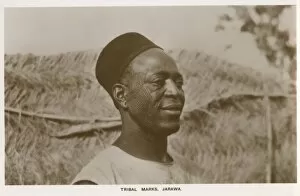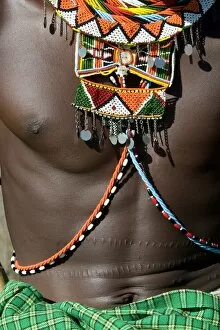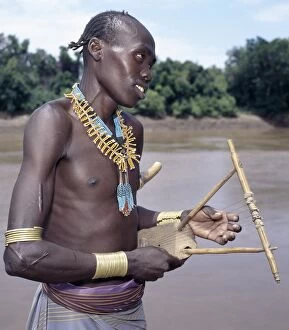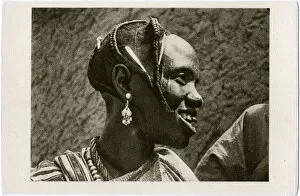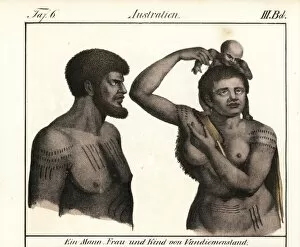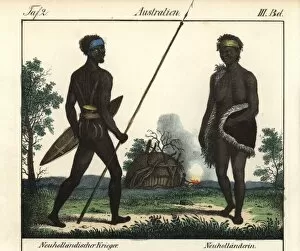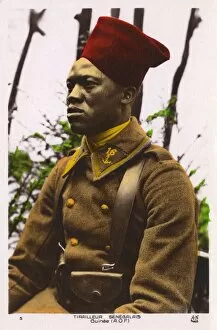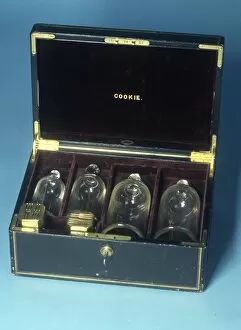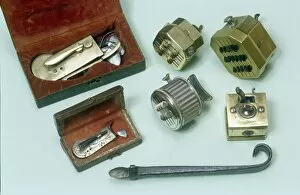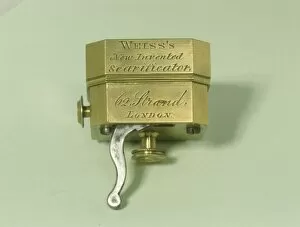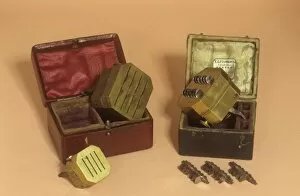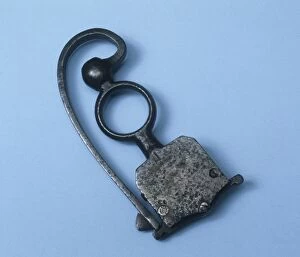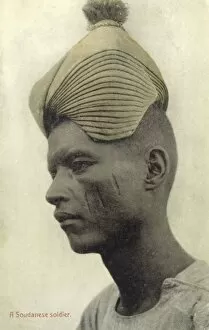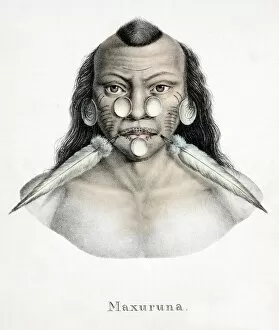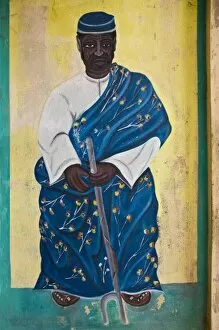Scarification Collection (#2)
"Unveiling the Art of Scarification: A Journey Through Cultural Traditions" Step into the world of scarification
For sale as Licensed Images
Choose your image, Select your licence and Download the media
"Unveiling the Art of Scarification: A Journey Through Cultural Traditions" Step into the world of scarification, where ancient rituals and cultural expressions leave indelible marks on the body. From Madimba in Congo to Tasmania's Van Diemen's Land, these captivating practices tell stories of identity, strength, and resilience. In the heartland of Congo, a pipe-smoking lady named Madimba proudly displays her intricate scar patterns. Each mark represents a rite of passage or tribal affiliation, echoing centuries-old traditions that bind communities together. Across vast oceans lies Van Diemen's Land - once home to Tasmanian natives who faced extermination by colonists. Grou Aagara stands tall with scarification adorning his chest and an animal-skin cape draped over his shoulders. His scars speak volumes about survival amidst adversity while Arra-Maida carries her child in a kangaroo papoose - a testament to motherhood intertwined with ancestral heritage. Venturing further east brings us face-to-face with East African tribesmen boasting extensive scar patterns etched across their bodies. Their nose chains symbolize status and lineage within their community, showcasing both beauty and bravery in equal measure. Journeying back to Congo reveals a terrifying warrior adorned with bullet piercings - an intimidating sight that strikes fear into enemies' hearts. Ornamental scars grace his face alongside sharpened teeth; each detail contributing to his fearsome presence as he protects his tribe from harm. Traveling down under unveils Lubra, an Australian aborigine woman from 1850 whose facial scars narrate tales of tradition passed down through generations. Her story intertwines with Nigeria's Ife bronze crowned head displayed at Ife museum – its intricate scarification dating back centuries ago when artistry merged seamlessly with spirituality. Zulu Maid showcases not only traditional beadwork but also delicate yet meaningful scar patterns etched onto her skin – symbols of cultural pride and heritage.

